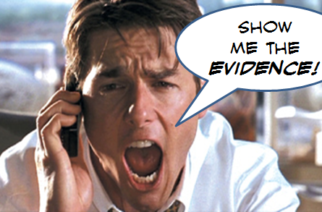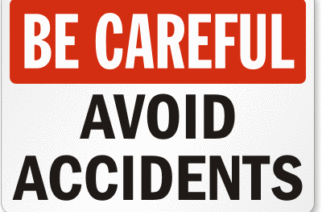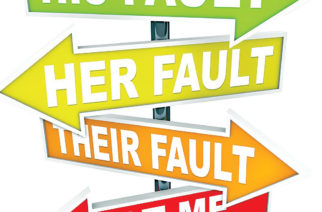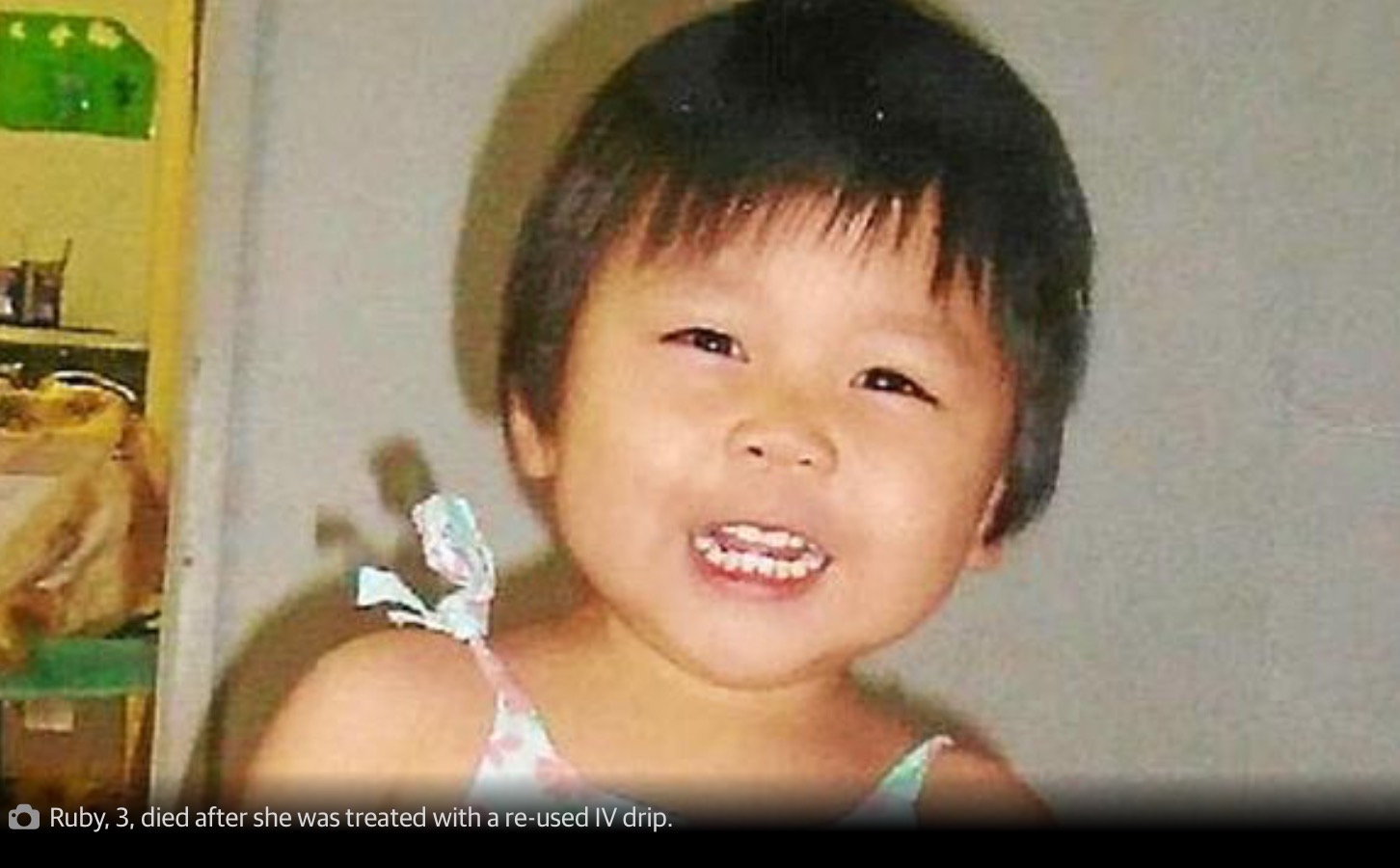Front line work environments are full of unnecessary distractions detracting focus from the task at hand. They come in many forms from a noisy vacuum cleaner disrupting a patient consult, to a poorly designed electronic medical recording system. Dr Gordon Caldwell has presented much work specifically looking at how distraction […]
Obstacles To Patient Safety
14. Show Me The Evidence
If you went skydiving, would you first ask for scientific evidence from a randomized trial that a properly functioning parachute prevents injury before you’d consider using one during your freefall? Probably not. In fact, no such study exists. Of course, some people without a parachute have survived a freefall from […]
13. The ‘C’ Word
Even when there’s overall agreement a proposed intervention will improve patient safety there’s one word which can stop its implementation. This word is most often used by those in authority – in accepting the intervention they’ll need to accept the previous way they presided over wasn’t as good. The ‘C’ […]
10. Alerts and other less effective interventions
It’s counter-intuitive that an alert designed to improve safety may actually be detrimental to patient care. Unfortunately alerts on their own may absolve governing bodies from ensuring more effective interventions. The diagram below (created by Cassie McDaniel) neatly demonstrates which interventions are most effective at improving safety. Forcing functions represent […]
9. Dispersion
When an aeroplane crashes hundreds often die. This concentration of deaths lends the aviation industry tremendous energy in ensuring the same adverse event doesn’t happen again. Healthcare rarely benefits from the same fate. ‘Over the last few years NSW Health have received numerous reports of death and morbidity from central […]
8. Complexity
Recently a tragic mix up where oxygen tubing was connected to a urinary catheter resulted in the death of ex-Socceroo Steve Herczeg (see here). ‘How can anyone make this mistake?’ Unfortunately events like this occur regularly – we often only here of them via the media – our error report […]
7. The Blame Game
One major objective of a ‘Root Cause Analysis’ is to: ‘Look for improvements rather than apportion blame’ Recently, a tragic gas pipeline crossover resulted in death of a newborn, and left another with severe brain injury. Prior to this incident many clinicians believed pipeline errors had been relegated to history. Unfortunately pipeline […]
6. Mind the Gap
Mind the Gap & Why ‘Ruby’s Rule’ Won’t Work. Ruby Yen Chan, a 3 year old from Queensland, died from an air embolus. You can read the coroners report here. The process of disconnecting an intravenous fluid bag allowed air to enter it. When the bag was later re-connected (re-spiked) […]
5. Bad Apple Theory
‘When faced with a human error problem you may be tempted to ask ‘Why didn’t they watch out better? How could they not have noticed?’ You think you can solve your human error problem by telling people to be more careful, by reprimanding the miscreants, by issuing a new rule […]
4. The Bystander Effect
In doing nothing we have still made a decision. Bystander Effect: the greater the number of people present, the less likely people are to help. The bystander effect was first demonstrated following the murder of Kitty Genovese in 1964. The New York Times published a report conveying a scene of […]










